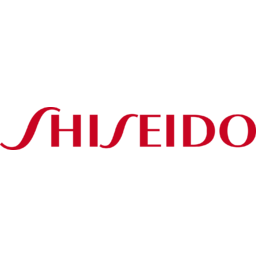
P/E ratio for Shiseido (4911.T)
P/E ratio as of April 2024 (TTM): 51.2
According to Shiseido's latest financial reports and stock price the company's current price-to-earnings ratio (TTM) is 51.1924. At the end of 2022 the company had a P/E ratio of 75.6.
P/E ratio history for Shiseido from 2009 to 2023
PE ratio at the end of each year
| Year | P/E ratio | Change |
|---|---|---|
| 2022 | 75.6 | 38.39% |
| 2021 | 54.6 | -122.34% |
| 2020 | -244 | -678.59% |
| 2019 | 42.3 | -5.75% |
| 2018 | 44.8 | -53.12% |
| 2017 | 95.6 | 159.91% |
| 2016 | 36.8 | |
| 2014 | 18.1 | -106.77% |
| 2013 | -268 | -836.14% |
| 2012 | 36.4 | -38.23% |
| 2011 | 58.9 | 60.65% |
| 2010 | 36.7 | 11.02% |
| 2009 | 33.0 |
How to read a P/E ratio?
The Price/Earnings ratio measures the relationship between a company's stock price and its earnings per share. A low but positive P/E ratio stands for a company that is generating high earnings compared to its current valuation and might be undervalued. A company with a high negative (near 0) P/E ratio stands for a company that is generating heavy losses compared to its current valuation.
Companies with a P/E ratio over 30 or a negative one are generaly seen as "growth stocks" meaning that investors typically expect the company to grow or to become profitable in the future.
Companies with a positive P/E ratio bellow 10 are generally seen as "value stocks" meaning that the company is already very profitable and unlikely to strong growth in the future.